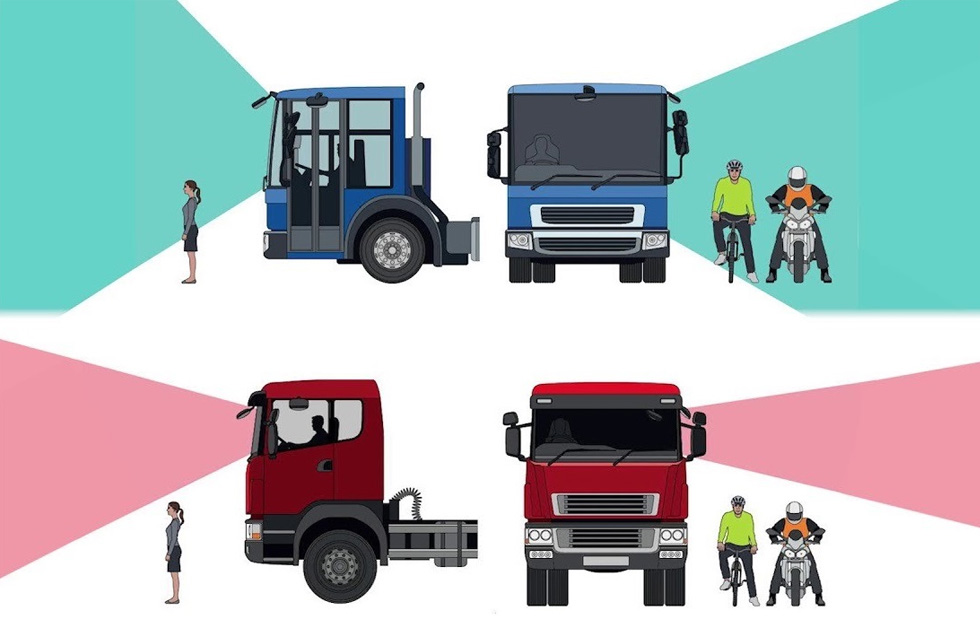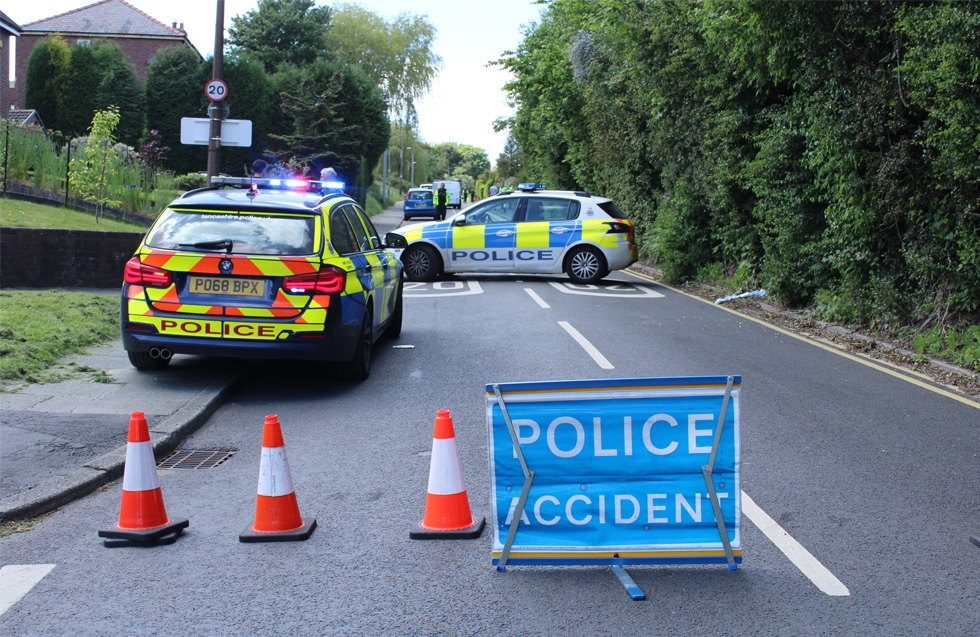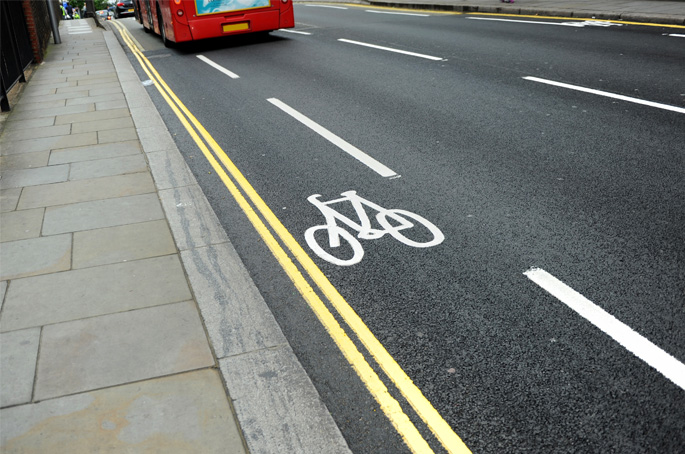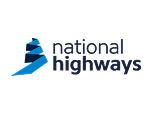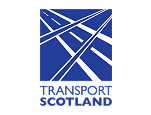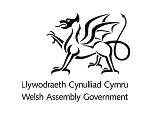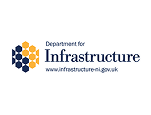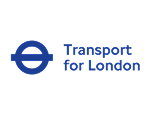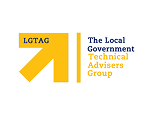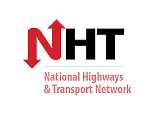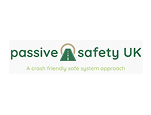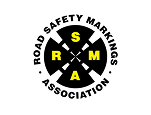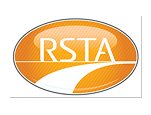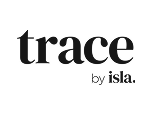National Highways chief executive Nick Harris has told Highways the next road investment strategy (RIS 3, 2026-3031) could see a much bigger push to improve safety on A roads - stating this is 'where we will probably have greatest impact'.
Speaking exclusively to Highways, Mr Harris said: 'We're still developing a detailed safety plan for RIS 3. On many measures, RIS 2 was successful. It reduced the number of people who would have been killed or seriously injured. [But] It did not achieve the target of the 50% reduction. So our aspiration is to go further.
'What we're looking at is perhaps more focus on A roads than on motorways, which is where we will probably have the greatest impact on improving safety. And it's going to be a combination of safety schemes, but also working with partners on how we change driving behaviour through communication.'
Mr Harris added that for National Highways' work on A roads, the iRAP star rating approach would still form the basis of its improvement plans: 'We're still developing, as part of the RIS 3 conversation, what target we might set.'
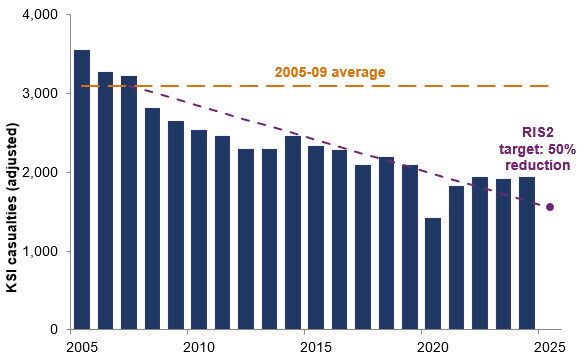
Chart: Number of people killed or seriously injured on the strategic road network, 2005 to 2024
This focus on high speed A roads on the strategic road network is in alignment with expert thinking at the Road Safety Foundation, which has flagged these routes as needing to be a priority in road safety plans.
The news comes as the Office of Rail and Road (ORR) said it is now 'almost certain' that National Highways will fail to meet its safety target for the second road investment strategy (2020-2025) after analysing the latest official statistics.
Department for Transport data shows that 1,931 people were killed or seriously injured (KSI) on the SRN in 2024. This is 38% below National Highways' 2005-2009 average baseline, which means that the national operator needs to achieve a further reduction of 12 percentage points (381 KSI casualties) if it is to achieve its target of a 50% reduction on the baseline by the end of this year.
Prentiss Clarke-Jones, highways safety advisor for the national roads monitor, said: 'The latest figures confirm that it is now almost certain the target will not be met.
'There were 23 (1%) more people killed or seriously injured on the SRN in 2024 than in 2023. Over the same period, traffic on the SRN also increased by 1%.
'As a result, the KSI casualty rate was unchanged in the most recent year, at 20 such casualties per billion vehicle miles travelled. Excluding 2020 and 2021 (when fewer people were travelling because of COVID-19), this is the equal lowest casualty rate recorded on the SRN.'
Ms Clarke-Jones added that ORR will provide a more detailed assessment in its next annual safety report due to be published by March next year.





